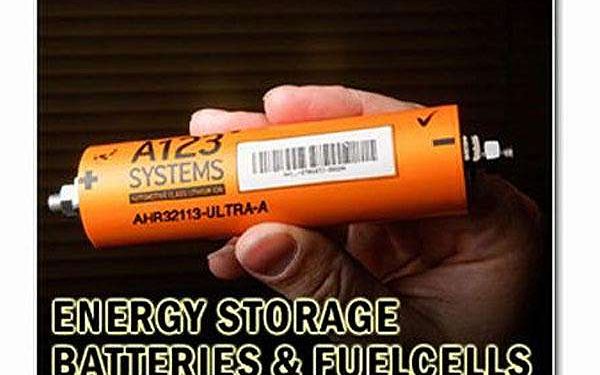A lifetime power source in miniature form
by Riko Seibo
Tokyo, Japan (SPX) Mar 30, 2025
The batteries that power smartphones, electric vehicles, and drones often require frequent charging and degrade over time, leading to limited lifespan and environmental concerns. Now, a team at Daegu Gyeongbuk Institute of Science and Technology (DGIST) is exploring a nuclear alternative that could offer decades or even centuries of reliable power without recharging.
Su-Il In, a professor at DGIST, presented this breakthrough at the American Chemical Society’s Spring 2025 meeting, held March 23-27. His team is pioneering nuclear batteries that harness radiocarbon, a form of radioactive carbon known for emitting beta particles, to produce safe and long-lasting energy.
“The performance of Li-ion batteries is almost saturated,” explained In. This limitation, combined with the environmental toll of lithium extraction and disposal, has driven interest in more sustainable, high-endurance alternatives. Nuclear batteries, which convert radiation into electrical power, are emerging as a compelling solution.
Radiocarbon, or carbon-14, is a low-energy beta emitter that can be effectively shielded with a thin aluminum layer, making it a practical choice for safe nuclear batteries. Additionally, as a by-product of nuclear reactors, radiocarbon is affordable, widely accessible, and recyclable. Its extremely slow decay rate suggests that batteries powered by it could last thousands of years.
In a betavoltaic cell, beta particles from radioactive decay strike a semiconductor, generating electricity. In and his team developed a prototype using titanium dioxide as the semiconductor base, enhanced with a ruthenium-based dye. They further improved its performance through citric acid treatment, which reinforced the dye’s adhesion to the titanium dioxide.
This setup creates a cascade of electron transfer, known as an electron avalanche, triggered by the interaction of beta rays with the dye. The semiconductor efficiently captures the resulting charge and channels it through an external circuit to produce usable electricity.
Unlike earlier models with radiocarbon only on the cathode, the new design includes radiocarbon in both the cathode and the anode. This dual configuration boosts the number of beta particles generated and minimizes energy loss caused by the spatial separation of the components.
In testing, the improved prototype demonstrated a significant jump in energy conversion efficiency, increasing from 0.48% to 2.86%. This performance leap is attributed to the enhanced interaction between the radioactive material and the dye-sensitized semiconductor.
Such nuclear batteries could revolutionize numerous technologies, In noted. Medical implants like pacemakers could function for a lifetime without the need for replacement surgeries. Still, the current prototype converts only a small fraction of radioactive decay into electrical power, trailing behind the output of conventional lithium-ion systems.
To close this performance gap, future development will focus on refining the geometry of the beta source and improving the absorptive properties of the semiconductor material. These improvements could unlock higher power yields and broaden the range of applications.
As public attitudes toward nuclear technology evolve amid climate concerns, In emphasized the potential of small-scale, safe nuclear energy: “We can put safe nuclear energy into devices the size of a finger.”
Research Report:Next generation battery: Highly efficient and stable C14 dye-sensitized betavoltaic cell
Related Links
Daegu Gyeongbuk Institute of Science and Technology
Powering The World in the 21st Century at Energy-Daily.com


















